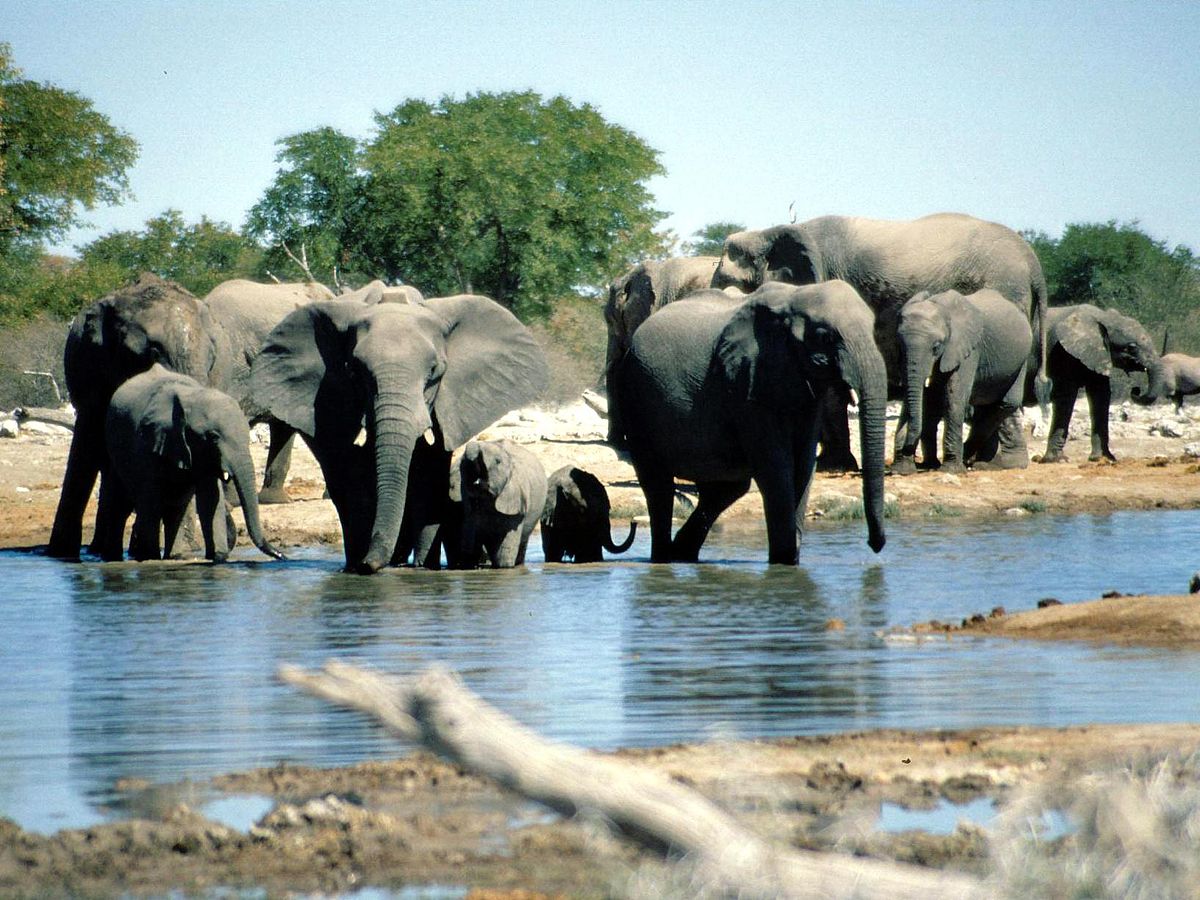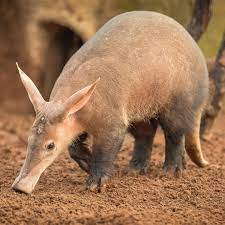
Southern African hosts roughly 227,000 elephants out of 415,000 on the continent (in addition there is around 100,000 forest elephants).
In 2020, the estimate was that 30,000 elephants were being killed each year. While the majority of these were in the west african rainforest, and in east africa (it was estimated that the Selous lost 10s of thousands alone).
It is not even just in recent years, but over the last century, that the elephant population in southern Africa has fallen.
Another bonus, is that scientists are now finding clear proof in study after study, that elephants do better in reserves connected to other reserves, than they do in fortress reserves.
It is of course true, that a single reserve is better than nothing. However, increasingly, countries are recognizing that by building their reserves on the borders of their countries, their neighbours can also have reserves, and between them they can put aside enough land to truly allow elephants to live a more natural life.
From the Limpopo transfrontier park – a transfrontier reserve that includes the Kruger, to the Kalahari Zambezi transfrontier park, the Serengeti mara ecosystem and so many more, this is being shown over and over again.
Careful planning of reserves in west african rainforests, can expand this success at great speed if done carefully.


